Asian Eyelids
The Problem:
- Lack of a crease in the upper eyelid
- Results in eyelid looking smaller
How this affects you:
- Can present with a sleepy appearance.
- Photos often look less complementary
What is happening?
Approximately half of Asian patients possess an upper eyelid with a low but defined upper eyelid crease (which segments the lid into two visible parts and is called a “double eyelid”), while the other half show little or no sign of crease formation (“single eyelid”).
Because the anatomy of an Asian eyelid differs from that of a caucasian patient, there is a greater presence of single eyelids. The muscle attachments that form the double fold in the caucasian patient are too low or not present in the Asian patient eyelid.
In addition, Asian eyelids tend to be fuller than their caucasian counterparts due to additional fat migration down the eyelid, along with thicker fat just below the skin which also causes the skin to be thicker overall, preventing crease formation.
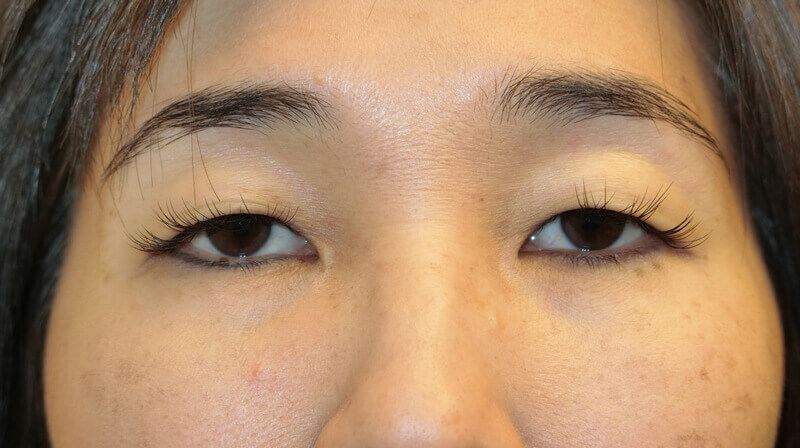
Asian Eyelids
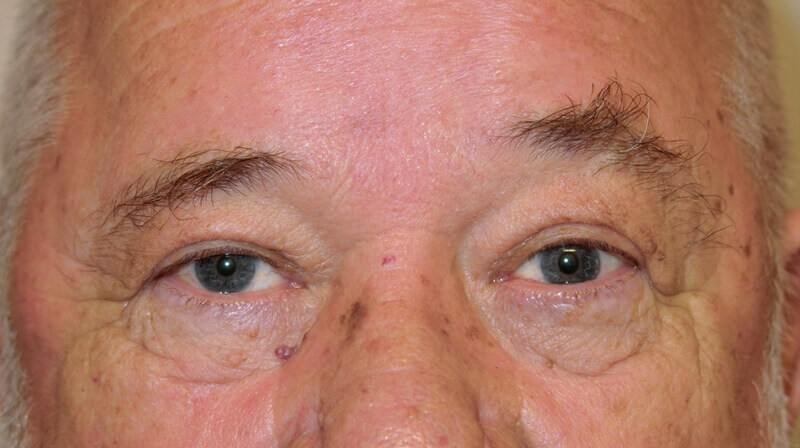
Caucasian Eyelids
Not all Asian eyelids are the same
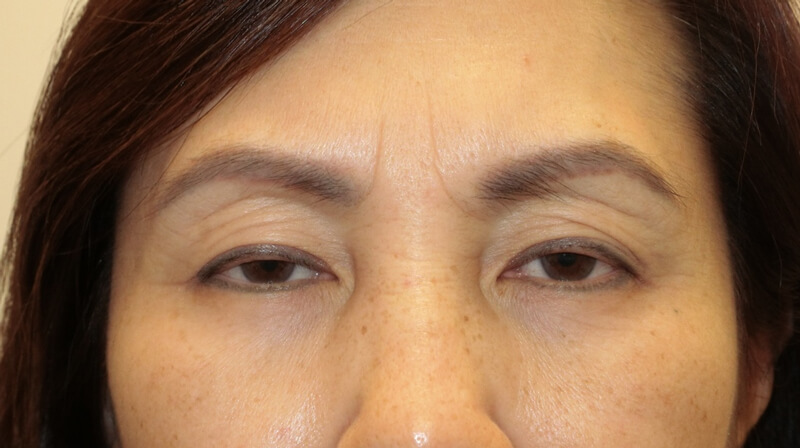
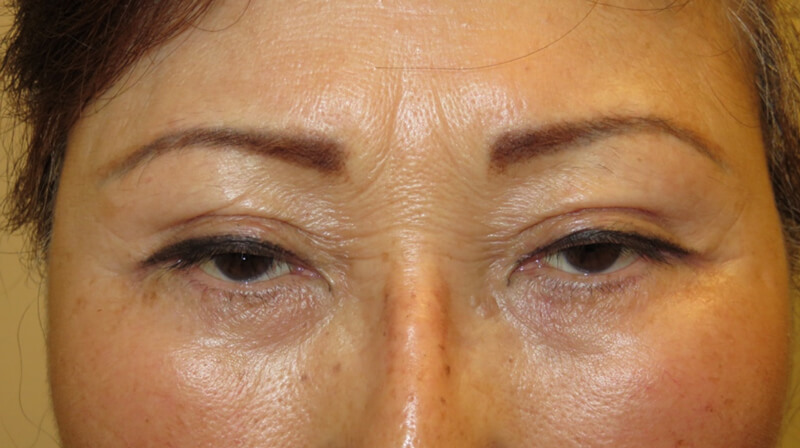
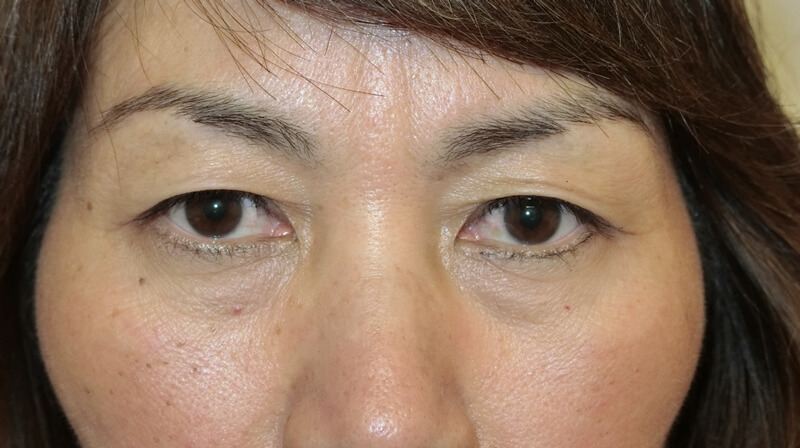
Many patients with excess skin (dermatochalasis) and ptosis (detached muscle) also desire Asian eyelid surgery. In these patients, all issues should be addressed at the same time.
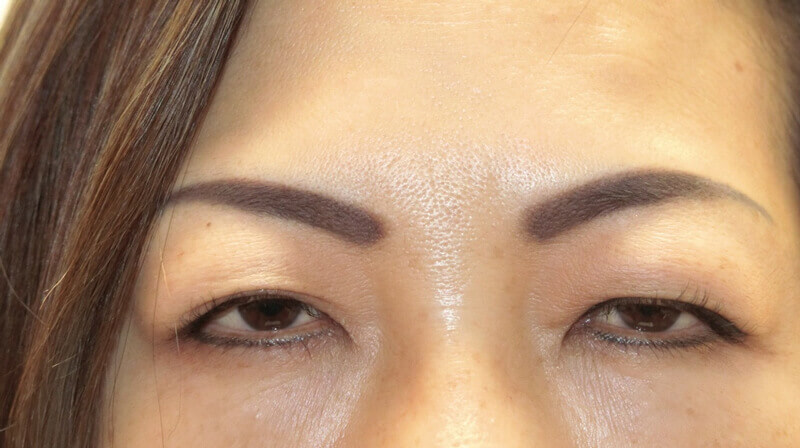
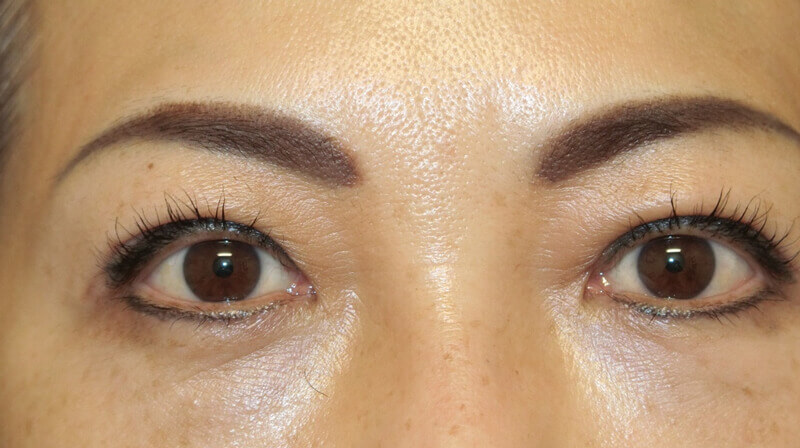
What can be done about it?
Options:
Observation – some people choose to wait until the problem becomes intolerable/disabling
Surgery – indicated if the problem has begun to affect your lifestyle or becomes a safety obstacle in doing the things you want to do
Asian Eyelid Surgery
Asian Eyelid Surgery is a procedure performed on the skin and underlying fat of the eyelids.
The eyelids are measured for the proposed shape and the amount of skin to be removed. Generally, there is less skin to remove than in those undergoing blepharoplasty. The proposed crease is marked.
- Local anesthesia is given along with IV anesthesia to make the procedure as relaxing as possible.
- An incision is made along the marked areas, removing the excess skin
- Excess fat is also removed.
- The eyelid crease is formed and the skin is closed with sutures.
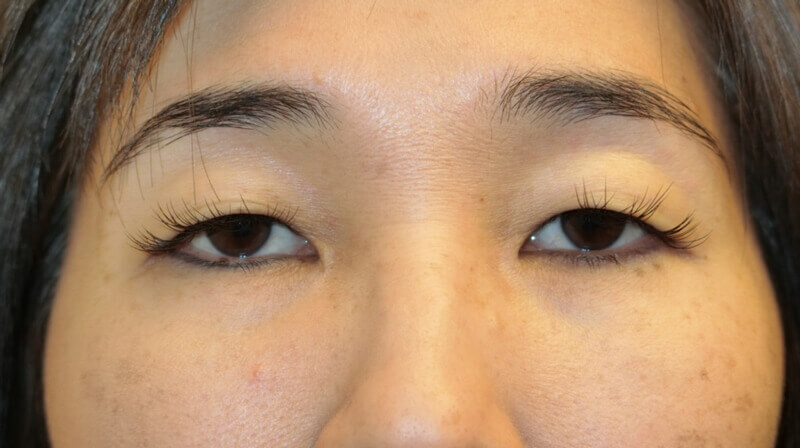
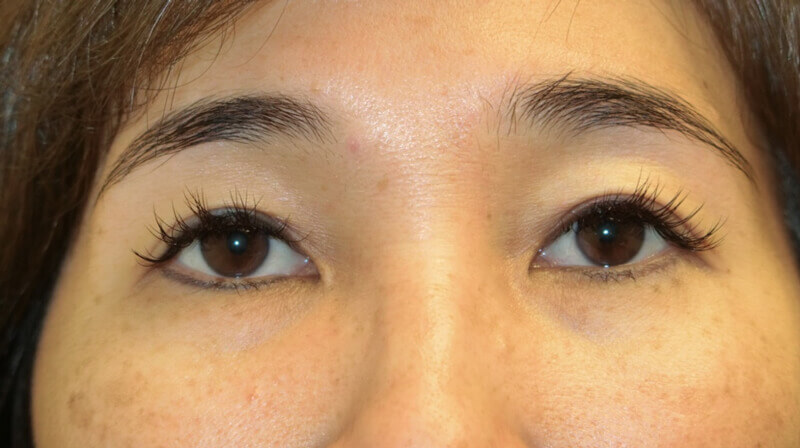
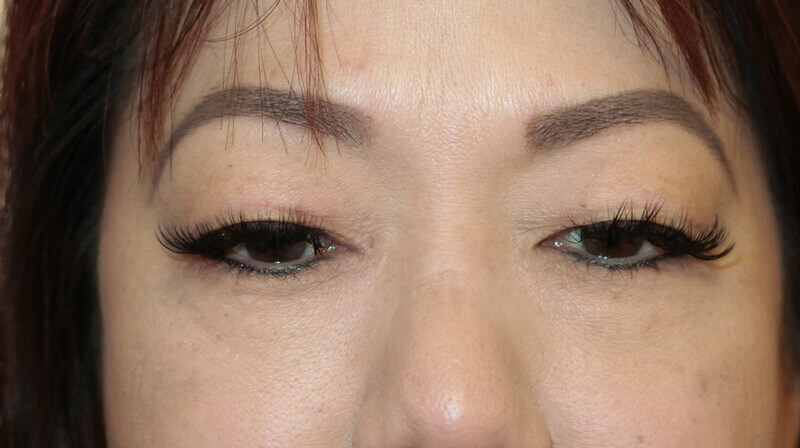
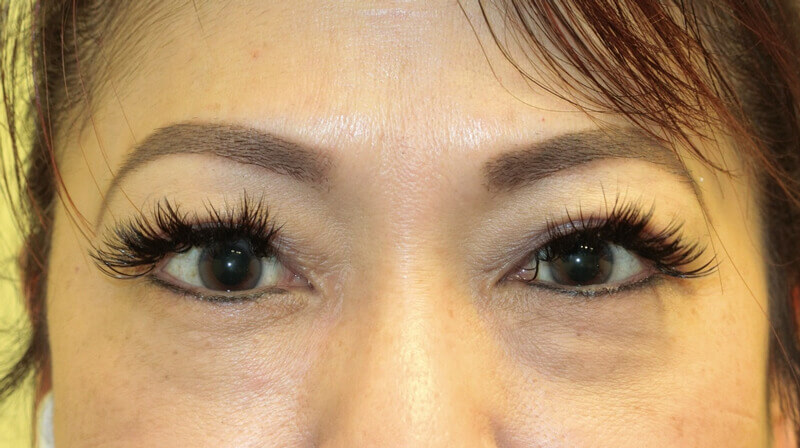
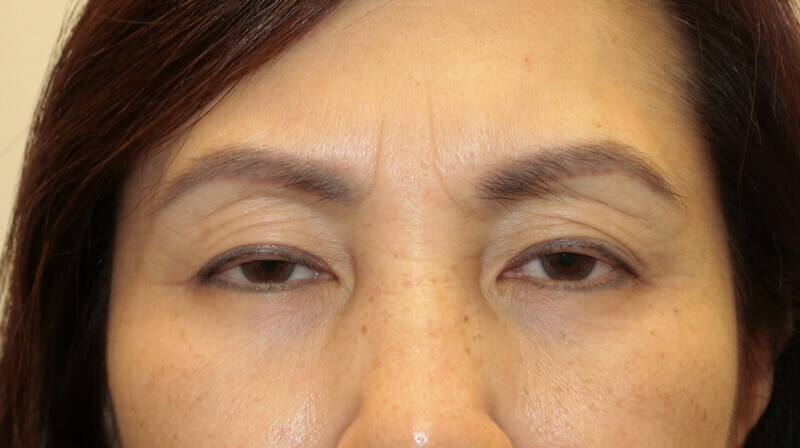
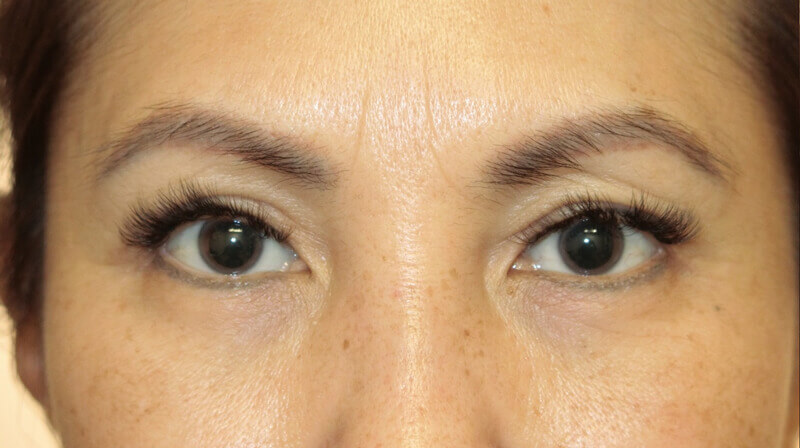
How long does the surgery take?
Generally, the entire visit to the surgical center will take around 3 hours. This includes:
- Pre-op check-in
- Nurse and anesthesia interview
- Transport to the operating room with prepping and draping
- Procedure
- Transport back to recovery with post-op instructions.
The actual procedure time takes 30 – 45 minutes to an hour for correction of the Asian eyelid crease.
How long is recovery?
For recovery, you can expect to be bruised and swollen. Ice packs will be provided and instructions for use will be given. The best part about eyelid surgery is that there should be very little pain following the procedure. The reason why is that the pain sensation nerves are cut during the surgery. They take around 2 months to regrow and by that time, the skin has long healed. Here you can download postoperative eyelid instructions
Timeline to recovery:
- Bleeding from wound – 2-3 days
- Sutures removed – 7 days
- Bruising of skin – 10-14 days
- Swelling resolved – 1 to 4 months
- Eyelids should look much better by one month
Is this procedure covered by insurance?
Asian eyelid surgery is not covered by insurance and is considered cosmetic. The patient will be responsible for payment. If it is performed along with an insurance covered procedure, such as a blepharoplasty or ptosis repair, it will be done no extra charge if the patient desires it.
